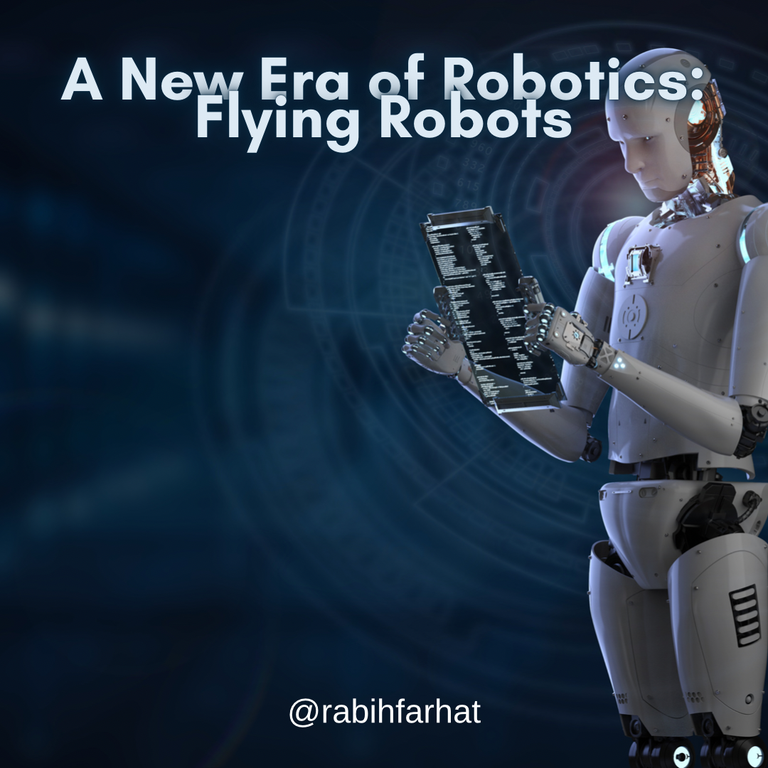Introduction
The world of technology, including robotics, knows no bounds in creativity. Development will not be limited to creating human-like robots capable of walking, lifting, and performing various tasks, but work is now underway on a new approach, which is the first human-like robot that works with jet propulsion!
The Italian Institute of Technology (IIT) is working on developing (iRonCub), which has been designed with a unique ability to assist in disaster relief operations.

The iRonCub is a human-like robot that stands out from its predecessors due to its jet-powered propulsion system. Unlike traditional robots that rely on walking or moving by only using wheels, it is designed to fly in the sky. It is also equipped with 4 jet engines, two of which are mounted on its arms, and the other two on a jet bag mounted on its back. This configuration allows the iRonCub to achieve aerial mobility, which provides a significant advantage in scenarios where reaching certain areas quickly, or overcoming obstacles, is critical.
The development of the iRonCub required significant modifications to the robot’s hardware. To support the external jet engines, the robot was equipped with a titanium backbone and heat-resistant covers, which are necessary to withstand the extreme temperatures generated by the engines, where the engines weigh around 70 kilograms.
The iRonCub is believed to play a very important role in disaster response efforts. Where in emergency situations, such as earthquakes, floods, or industrial accidents, the ability of iRonCub to fly will make it easier to reach areas that rescuers cannot reach easily even if they used the ground-based robots. For example, the robot could navigate collapsed buildings, fly over flooded areas, or transport supplies and medical equipment to isolated locations.
The iRonCub is still in the experimental stage, but its development has been ongoing for several years.
There are still challenges to be aware of, such as the basic limitations of the robot’s battery life and the high cost of production. Current battery autonomy only allows for short periods of flight, and the overall cost of developing such advanced robots remains significant. However, the optimism is leading these experiments because as the technology matures and production increases, these obstacles can be overcome. Even if this human-like robot still in its early life, yet it holds enormous promises for the future of emergency response.
Conclusion
Human-like robots have made great steps over the years, with advances in mobility, skills, and task execution. Companies like Tesla and Unitree have demonstrated that their robots can perform useful tasks, from manual labor to complex maneuvers. For example, Tesla’s Optimus robots have proven their ability to assist in work environments, while Unitree’s G1 robot features 360-degree joints and the ability to provide efficient movement.
Despite these advances, but still there is one area of humanoid robotics that is largely unexplored, which is the aerial locomotion.Researchers believe that incorporating flight capabilities into humanoid robotscould open up new frontiers in robotics, especially in applications where ground locomotion alone is not sufficient.
*Image designed using Canva
Posted Using InLeo Alpha
iRONCub would be an amazing development.